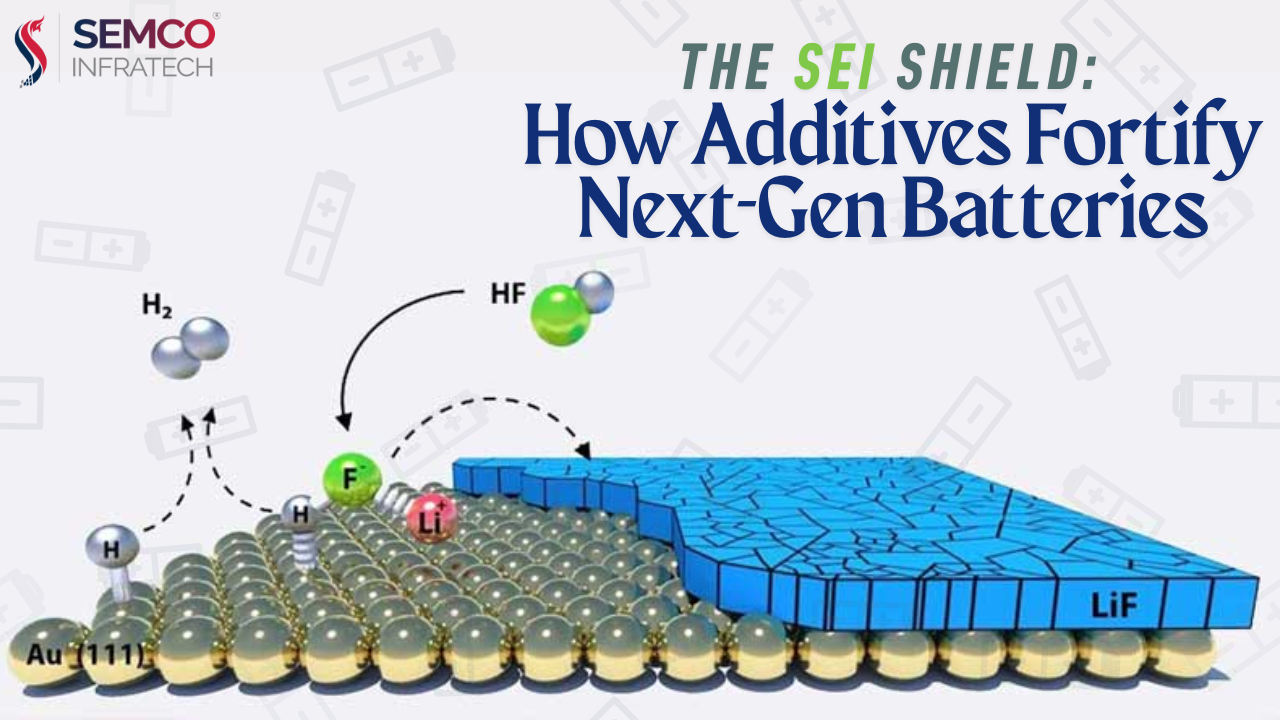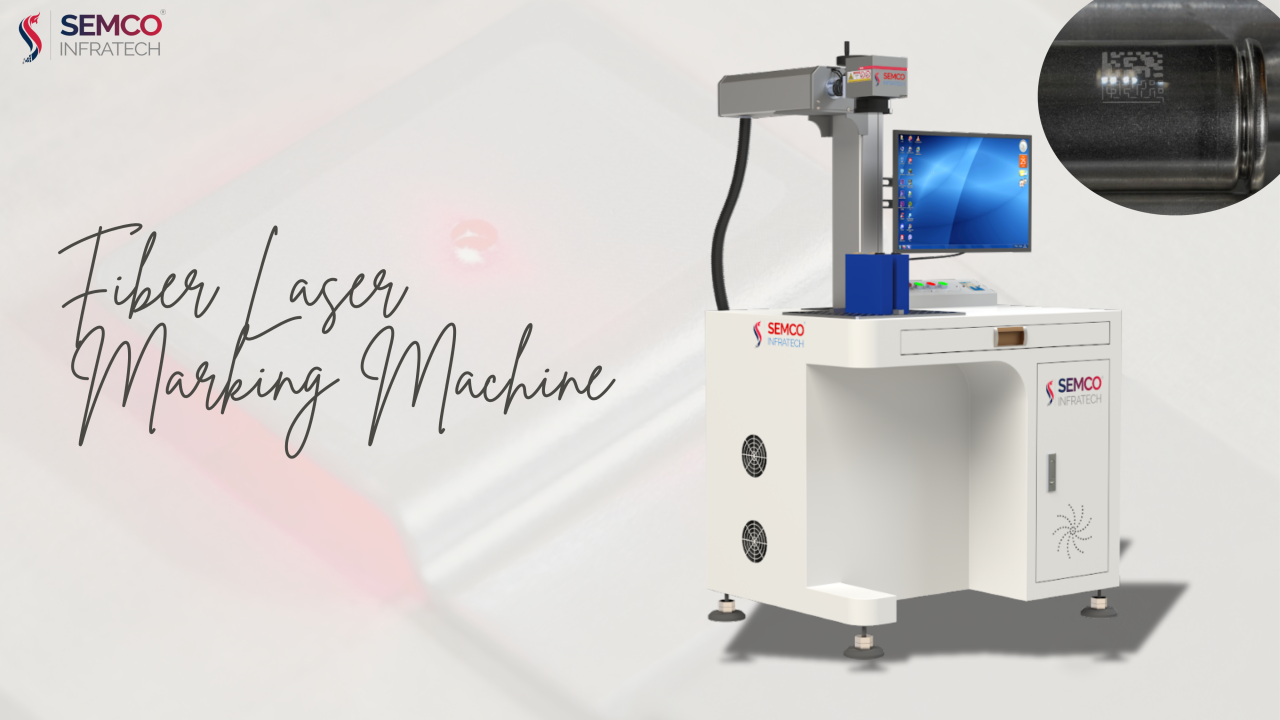The performance and longevity of a lithium-ion battery hinge significantly on the quality of its Solid Electrolyte Interphase (SEI) film. This thin, protective layer acts as a crucial barrier, regulating the flow of lithium ions. To optimize this film, scientists employ various additives, each playing a specific role.
1. Building a Robust Shield: SEI Film-Forming Additives
A strong SEI film needs a balanced composition of organic and inorganic components. The organic parts, derived from the battery’s liquid components and polymer additives, form the film’s structural framework, facilitating lithium-ion movement. The inorganic parts, such as oxides and carbonates, bolster the film’s structure and enhance ion conductivity. They fill gaps, increase density, and create pathways for ion transport.
For instance, certain compounds are particularly effective at maintaining the battery’s stability over repeated charge-discharge cycles. Some additives focus on forming the initial SEI film, while others repair damage to the film during extended use, especially in batteries with silicon-containing electrodes.
These processes are closely monitored and fine-tuned during production using battery-making machine and battery cell-making machines to ensure consistency and high performance.
2. Enhancing Ion Flow: Lithium Salt Additives
Researchers are constantly exploring new lithium salts to improve battery performance. The focus is on modifying the negatively charged ions within these salts, often using complex structures. These new salts, while promising, usually have limitations and are typically used as additives rather than primary components.
One example combines the benefits of two other salts, offering good film-forming properties and excellent low-temperature performance. It also forms a protective layer on the current collector, preventing unwanted reactions.

Another salt offers high conductivity and thermal stability, but can corrode certain materials at high voltages.
A third example enhances low-temperature performance and forms a beneficial film on the electrode surface, reducing resistance and improving cycling. However, it suffers from low solubility.
These enhancements are increasingly being supported by advancements in battery making equipment, which allow precise control over material application and film formation.
3. Tailoring the Environment: Controlling Ion Behaviour
By manipulating the battery’s liquid environment, specifically the concentration of ions, it’s possible to influence the composition of the SEI film. Increasing the proportion of negatively charged ions can lead to a higher content of inorganic materials in the film, enhancing its stability.
This controlled approach is a critical aspect of lithium-ion battery assembly, where each layer and component is aligned to optimize SEI film behaviour.
4. Targeted Additives: Enhancing Electrode Performance
Introducing specific additives directly into the electrode material can also influence the SEI film. These additives are slowly released into the battery’s liquid during operation, modifying the film’s structure and composition.
For example, adding a small amount of sulphur to the electrode can create a sulphur-rich SEI film, improving ion transfer at low temperatures. Similarly, adding a compound containing nitrogen can form a film that inhibits further decomposition of the battery’s liquid and promotes rapid ion movement.

Furthermore, coating the electrode surface with specific additives can induce the formation of an SEI film with tailored properties.
By carefully selecting and deploying these additives, scientists can create SEI films that are more robust, stable, and efficient, leading to improved battery performance and longevity — all made possible by innovations in battery-making machines, battery-making equipment, battery-cell-making machines, and lithium-ion battery assembly technologies.





